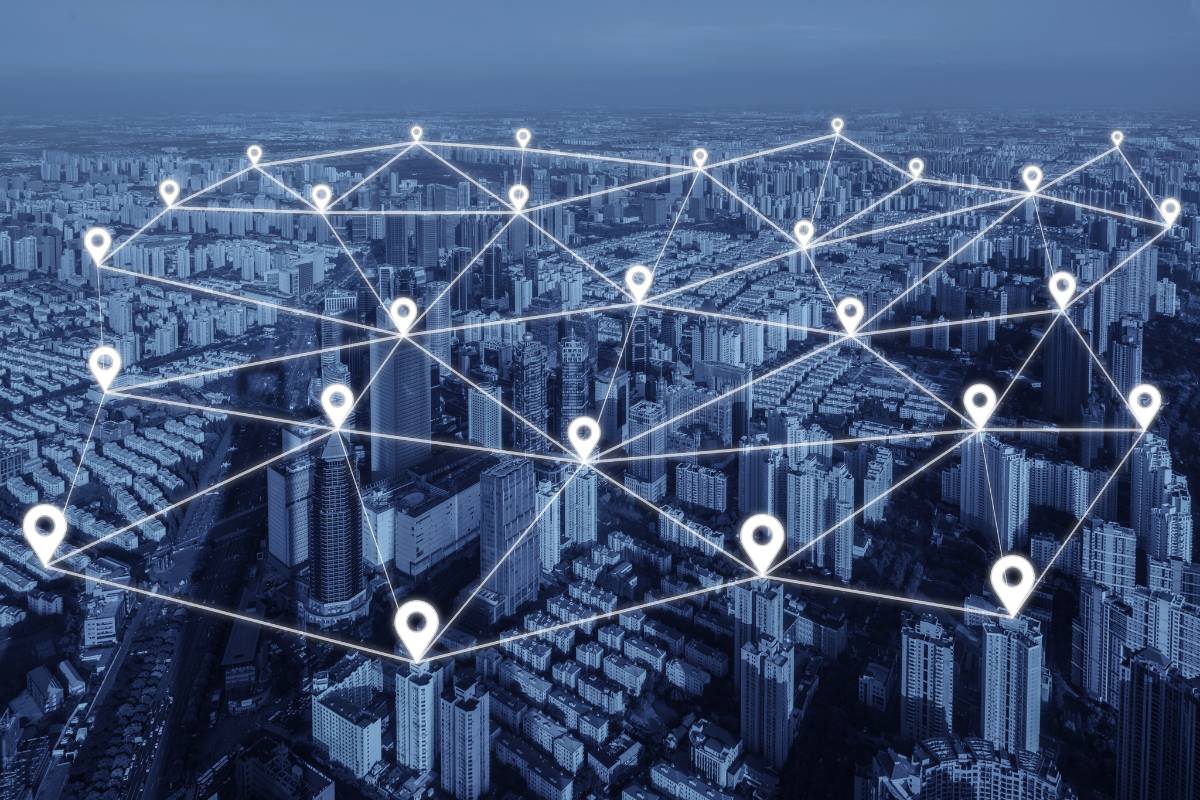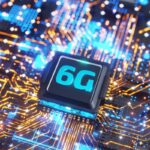In a world where cities are becoming increasingly crowded and complex, ensuring stable communication signals is a major challenge. Buildings, trees, and other physical obstacles can weaken and deflect signals, compromising the quality of wireless communication. Additionally, increasing the number of antennas and repeaters isn’t always economically viable or efficient.
What is RIS (Reconfigurable Intelligent Surfaces)

This is where Reconfigurable Intelligent Surfaces (RIS) come into play, an innovative technology that promises to revolutionize telecommunications. RIS are intelligent surfaces that can adjust and direct signals more efficiently, overcoming obstacles in urban environments. Made from special materials that manipulate electromagnetic waves, these surfaces improve signal quality without the need for more power or transmitters.
RIS represents a significant breakthrough for 5G and 6G networks. Unlike traditional systems, where signals scatter randomly, RIS can control wave reflection by adjusting the surface properties to direct them precisely. This improves signal reception, saves energy, and allows access to hard-to-reach areas.
Practical Applications in Brazil
In Brazil, where network coverage is challenging both in cities and rural areas, RIS has the potential to transform connectivity. Imagine enhancing cell phone or GPS signals in dense urban areas where they are weak or nonexistent. RIS can be installed on buildings or indoors, directing and amplifying signals to ensure stable connections.
With new 5G and 6G frequencies operating in mmWave and THz bands, which don’t penetrate walls well, the need for RIS is growing. In the future, this technology will be crucial in various sectors, from improving connectivity in buildings to supporting IoT applications and smart cities.
Challenges and Considerations for Implementation
However, implementing RIS presents challenges. For instance, “pilot contamination” can occur when a RIS configuration interferes with nearby channels, creating unintended interference. Moreover, controlling these surfaces and optimizing their settings requires advancements in algorithms and real-time control.
From an economic standpoint, RIS offers a more affordable and scalable alternative compared to traditional solutions. They require less infrastructure, can be discreetly integrated into urban landscapes, and reduce operational and maintenance costs.
Conclusion
Reconfigurable Intelligent Surfaces are shaping the future of connectivity. They not only improve user experience and network efficiency but also provide a more sustainable and cost-effective solution to the challenges of wireless communication in complex urban environments. The future of connectivity is closer than we think, and RIS will be key to this journey.






